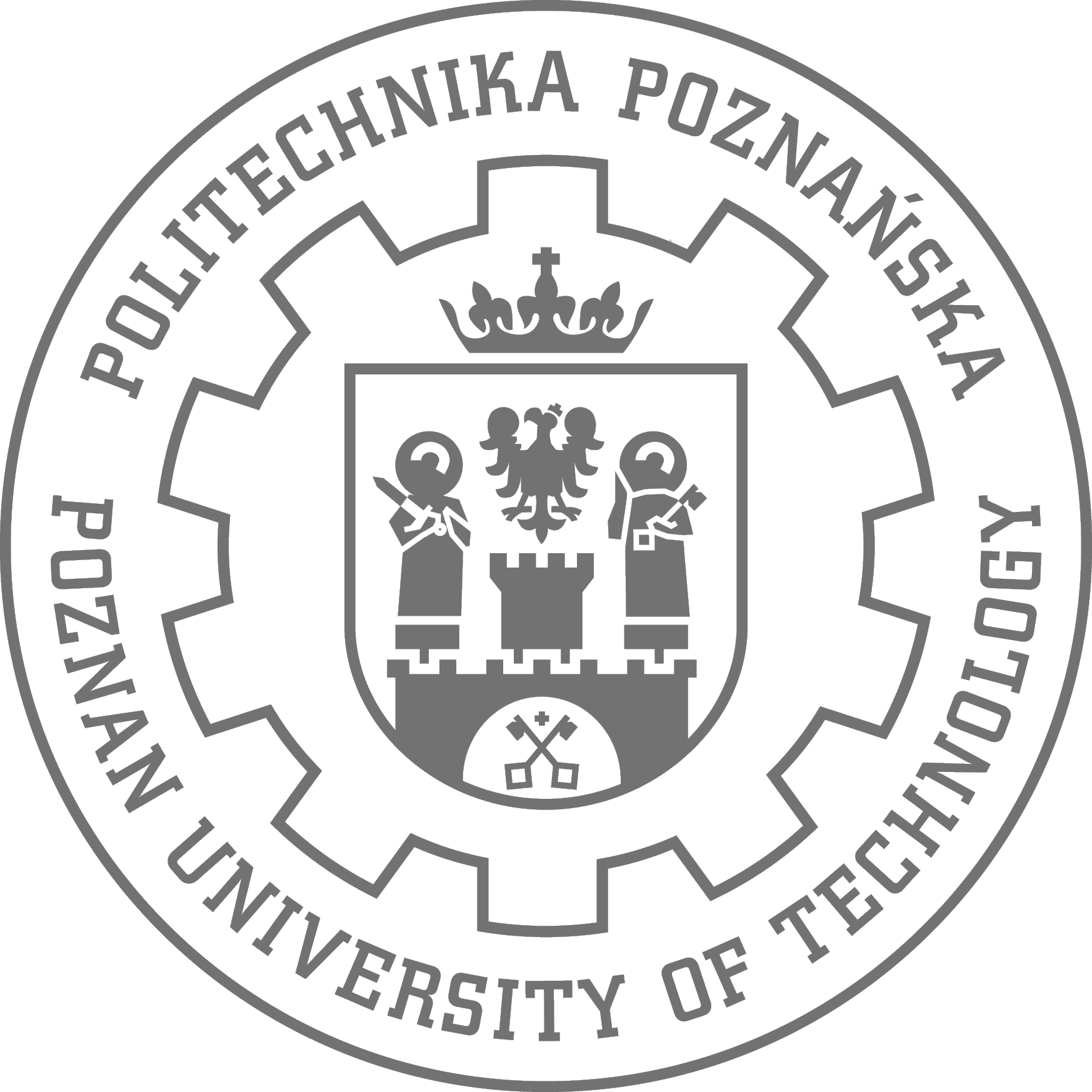Matrix variate generalized asymmetric Laplace distributions
TOMASZ J. KOZUBOWSKI, STEPAN MAZUR, AND KRZYSZTOF PODGÓRSKI
The generalized asymmetric Laplace (GAL) distribution, also known
as the variance/mean-gamma model, is a popular flexible class of
distributions that can account for peakedness, skewness, and
heavier-than-normal tails, often observed in financial or other empirical
data.
We consider extensions of the GAL distribution to the matrix variate case,
which arise as covariance mixtures of matrix variate normal distributions.
Two different mixing mechanisms connected with the nature of the random
scaling matrix are considered, leading to matrix variate GAL distributions
of Type I and II.
While Type I matrix variate GAL distribution has been studied before, there
is no comprehensive account of Type II in the literature, except for their
relatively brief treatment as a special case of matrix variate generalized
hyperbolic distributions.
With this work, we fill this gap and present an account for the basic
distributional properties of Type II matrix variate GAL distributions.
In particular, we derive their probability density function and the
characteristic function and provide stochastic representations related to
matrix variate gamma distribution.
We also show that this distribution is closed under linear transformations,
and study the relevant marginal distributions.
In addition, we also briefly account for Type I and discuss the intriguing
connections with Type II.
We hope that this work will be useful in the areas where matrix variate
distributions provide an appropriate probabilistic tool for three-way or,
more generally, panel data sets, which can arise across different
applications.






